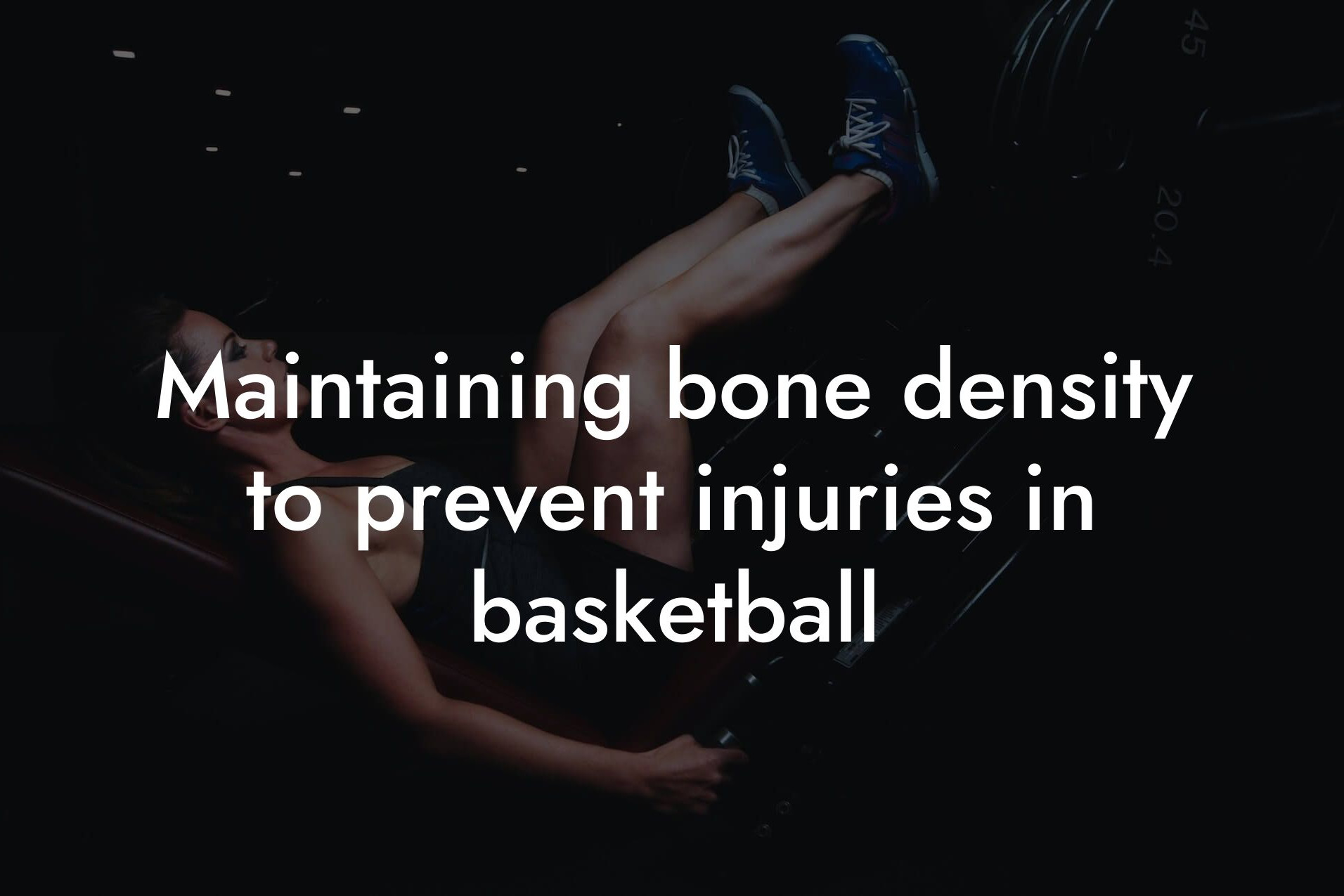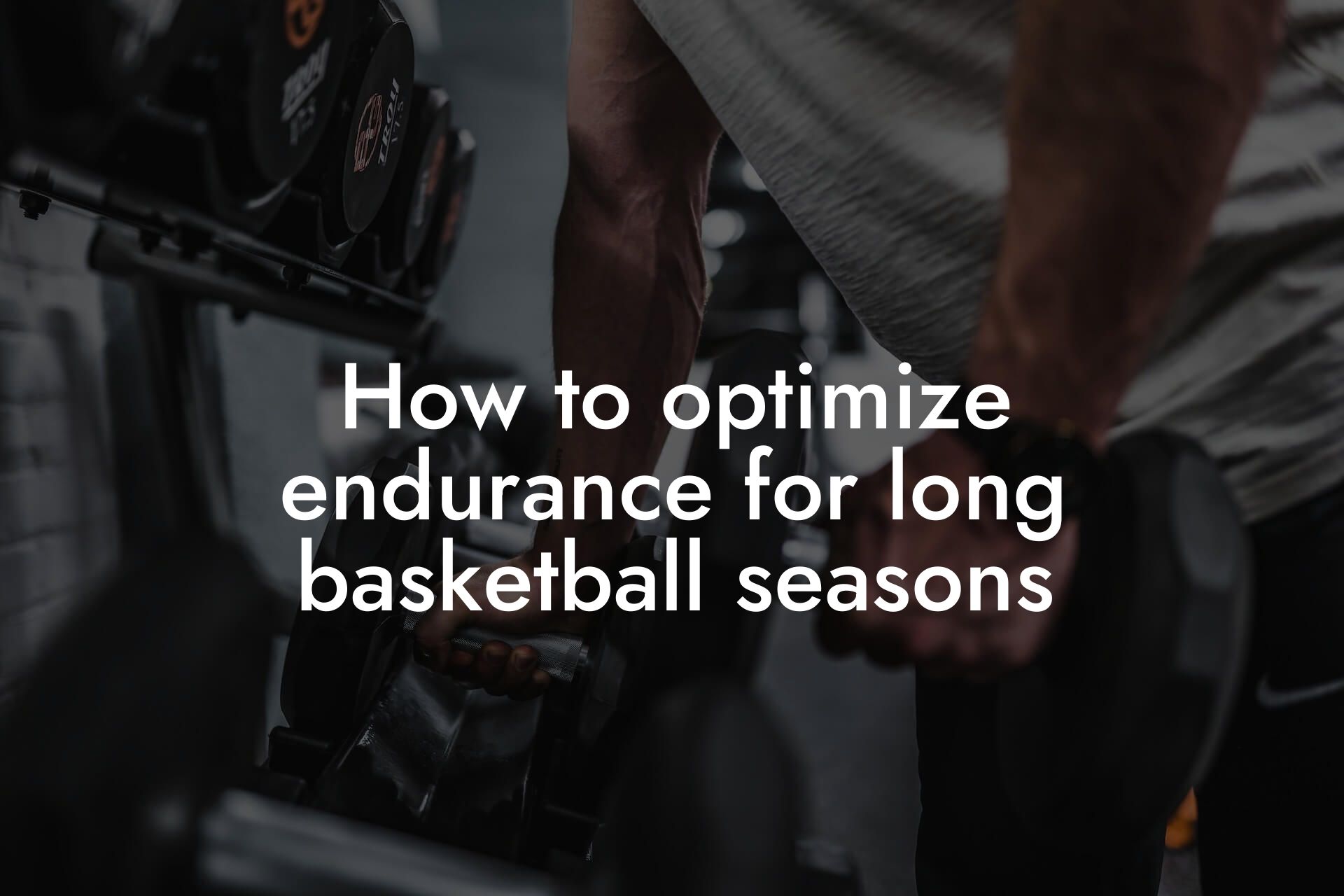As a high-earning professional, you understand the significance of physical performance in achieving success in your chosen field. In the world of basketball, vertical leap is a crucial aspect of a player's overall game. However, what many athletes overlook is the critical role body composition plays in determining their vertical leap ability. At Tano Performance Group, we believe that understanding the intricacies of body composition is essential for optimizing vertical leap performance. In this article, we'll delve into the relationship between body composition and vertical leap, providing you with the knowledge you need to take your game to the next level.
Table of Contents
The Components of Body Composition
Body composition refers to the proportion of fat and lean mass in the body. It's a critical factor in determining athletic performance, as it directly impacts power, speed, and agility. There are three primary components of body composition: fat mass, lean mass, and bone density. Fat mass includes stored energy in the form of adipose tissue, while lean mass encompasses muscle mass, organs, and connective tissue. Bone density, on the other hand, refers to the mineralization of bones, which affects overall strength and stability.
The Impact of Fat Mass on Vertical Leap
Excess fat mass can significantly hinder vertical leap performance. Carrying extra body fat increases the overall weight of the body, making it more challenging to explosively jump high. Additionally, fat mass can alter the body's center of gravity, affecting balance and coordination. A higher percentage of body fat also reduces power output, as the body needs to work harder to generate force. For basketball players, excess fat mass can be particularly detrimental, as it can reduce their ability to quickly change direction and accelerate.
The Role of Lean Mass in Vertical Leap
Lean mass, on the other hand, plays a crucial role in enhancing vertical leap performance. Muscle mass, in particular, is essential for generating force and power. The more lean mass an individual has, the greater their ability to explosively jump high. This is because muscle fibers are capable of producing rapid, powerful contractions, which are necessary for achieving maximum vertical leap height. Furthermore, a higher percentage of lean mass can improve overall athleticism, allowing players to accelerate, decelerate, and change direction more efficiently.
Bone Density and Vertical Leap
Bone density is often overlooked as a critical component of body composition, but it plays a vital role in vertical leap performance. Bones that are denser and stronger can withstand the high-impact forces associated with jumping, reducing the risk of injury. Furthermore, optimal bone density can improve overall power output, as the body is able to generate more force without compromising structural integrity. For basketball players, strong bones are essential for withstanding the repetitive stress of jumping and landing.
How DEXA Scanning Can Optimize Body Composition for Vertical Leap
At Tano Performance Group, we utilize Dual-Energy X-ray Absorptiometry (DEXA) scanning to provide athletes with a comprehensive body composition analysis. DEXA scanning is a non-invasive, highly accurate method for measuring fat mass, lean mass, and bone density. By analyzing these components, athletes can identify areas for improvement and develop targeted training programs to optimize their body composition for vertical leap performance. Our DEXA scanning technology provides athletes with a detailed breakdown of their body composition, allowing them to make data-driven decisions about their training and nutrition.
Training and Nutrition Strategies for Optimizing Body Composition
Once athletes have a clear understanding of their body composition, they can develop targeted training and nutrition strategies to optimize their vertical leap performance. Resistance training, in particular, is essential for building lean mass and improving bone density. A well-structured resistance training program can help athletes develop the powerful muscle fibers necessary for explosive jumping. Additionally, a balanced diet that is high in protein and low in processed foods can help athletes maintain optimal body composition. By combining targeted training and nutrition strategies, athletes can optimize their body composition and achieve significant improvements in vertical leap performance.
In conclusion, body composition plays a critical role in determining vertical leap performance in basketball. By understanding the intricacies of fat mass, lean mass, and bone density, athletes can develop targeted training and nutrition strategies to optimize their body composition and achieve significant improvements in vertical leap height. At Tano Performance Group, we believe that DEXA scanning is a powerful tool for athletes looking to take their game to the next level. By providing athletes with a comprehensive body composition analysis, we can help them unlock their full potential and achieve success in their chosen field.
Frequently Asked Questions
What is body composition, and why is it important for vertical leap in basketball?
Body composition refers to the proportion of fat and lean mass in the body. In the context of vertical leap, body composition plays a crucial role as it affects power, speed, and overall athletic performance. A higher percentage of lean mass and lower body fat percentage can contribute to a more explosive and efficient jump.
How does body fat percentage impact vertical leap?
Excess body fat can negatively impact vertical leap by increasing the weight and resistance that needs to be overcome, making it more difficult to jump high. Additionally, high body fat percentage can also affect muscle power and speed, further compromising vertical leap performance.
What is the ideal body fat percentage for basketball players?
The ideal body fat percentage for basketball players varies depending on the position and individual goals. However, a general range of 6-12% body fat for men and 16-23% for women is considered optimal for basketball performance.
How does lean mass impact vertical leap?
Lean mass, which includes muscle mass, bone density, and other non-fat tissues, plays a critical role in generating force and power for vertical leap. The more lean mass an individual has, the more force they can generate, resulting in a higher vertical leap.
What is the relationship between muscle mass and vertical leap?
Muscle mass is a significant contributor to vertical leap performance. The more muscle mass an individual has, particularly in the legs, glutes, and core, the more force they can generate to propel themselves upward.
How does bone density impact vertical leap?
Bone density is an important aspect of body composition that affects vertical leap. Higher bone density can provide a more solid foundation for force generation, allowing for more efficient and powerful jumping.
Can you improve your vertical leap by losing weight?
Losing weight can potentially improve vertical leap, but it depends on how the weight is lost. If weight loss is achieved through a combination of fat loss and muscle gain, vertical leap may improve. However, if weight loss is achieved solely through muscle loss, vertical leap may actually decrease.
How does body composition impact power and speed in basketball?
Body composition has a significant impact on power and speed in basketball. A higher percentage of lean mass and lower body fat percentage can contribute to increased power and speed, allowing players to accelerate and decelerate more quickly and explosively.
What role does genetics play in body composition and vertical leap?
Genetics can play a role in body composition and vertical leap, as some individuals may be naturally more prone to storing fat or building muscle. However, genetics is not the sole determining factor, and training and nutrition can still have a significant impact on body composition and vertical leap.
How can I measure my body composition?
There are several ways to measure body composition, including dual-energy X-ray absorptiometry (DXA), hydrostatic weighing, and skinfold measurements. It's essential to work with a qualified professional to determine the best method for your individual needs.
What is the importance of progressive overload in building muscle for vertical leap?
Progressive overload, which involves gradually increasing the weight or resistance used in training, is essential for building muscle and improving vertical leap. This type of training stimulates muscle growth and adaptation, leading to increased force generation and jumping ability.
How does plyometric training impact body composition and vertical leap?
Plyometric training, which involves explosive jumping and bounding exercises, can help improve body composition by increasing muscle mass and power. This type of training can also directly improve vertical leap by enhancing the muscles' ability to generate force quickly.
What is the role of nutrition in body composition and vertical leap?
Nutrition plays a critical role in body composition and vertical leap. A balanced diet that provides adequate protein, carbohydrates, and healthy fats can support muscle growth and recovery, while also helping to regulate body fat percentage.
How can I optimize my nutrition for vertical leap performance?
To optimize nutrition for vertical leap performance, focus on consuming a balanced diet that includes lean protein sources, complex carbohydrates, and healthy fats. Additionally, ensure adequate hydration and consider supplementing with creatine and protein powder to support muscle growth and recovery.
What is the importance of rest and recovery in body composition and vertical leap?
Rest and recovery are critical components of body composition and vertical leap. Adequate rest and recovery allow the muscles to repair and adapt, leading to increased muscle growth and improved jumping performance.
How can I incorporate strength training into my basketball training program?
To incorporate strength training into your basketball training program, focus on exercises that target the legs, glutes, and core, such as squats, deadlifts, and lunges. Aim to perform strength training exercises 2-3 times per week, in addition to plyometric and basketball-specific training.
What is the relationship between flexibility and vertical leap?
Flexibility, particularly in the hips and legs, is important for vertical leap performance. Increased flexibility can allow for a more efficient and powerful jump, as well as reduce the risk of injury.
How can I improve my flexibility for vertical leap?
To improve flexibility for vertical leap, incorporate stretching exercises into your training program, focusing on the hips, legs, and lower back. Additionally, consider incorporating mobility exercises, such as leg swings and lunges, to improve range of motion and reduce stiffness.
What is the importance of core strength in vertical leap?
Core strength is essential for vertical leap performance, as it provides a stable foundation for force generation and transfer. A strong core can help improve jumping power and efficiency, as well as reduce the risk of injury.
How can I improve my core strength for vertical leap?
To improve core strength for vertical leap, incorporate exercises that target the abdominal muscles, such as planks, crunches, and Russian twists. Additionally, consider incorporating exercises that target the obliques and lower back, such as side planks and bird dogs.
What is the role of mental preparation in vertical leap performance?
Mental preparation, including confidence, focus, and visualization, can play a significant role in vertical leap performance. A strong mental game can help athletes overcome fear and doubt, allowing them to perform at their best.
How can I improve my mental preparation for vertical leap?
To improve mental preparation for vertical leap, incorporate visualization exercises into your training program, focusing on successful jumping performances. Additionally, consider working with a sports psychologist or mental performance coach to develop strategies for building confidence and overcoming fear and doubt.
Here are some related articles you might love...
- Maintaining bone density to prevent injuries in basketball
- Strength and conditioning programs for basketball players
- How to optimize endurance for long basketball seasons
- The importance of hydration and nutrition in basketball
- The role of DEXA scans in monitoring basketball player health
- Off-season training for professional basketball players
- The impact of muscle mass on basketball agility and speed
- Reducing body fat for optimal basketball performance
- Nutrition tips for sustaining energy during basketball games
Zak Faulkner
Zak Faulkner is a leading authority in the realm of physical health and body composition analysis, with over 15 years of experience helping professionals optimise their fitness and well-being. As one the experts behind Tano Performance Group, Zak has dedicated his career to providing in-depth, science-backed insights that empower clients to elevate their physical performance and overall health.
With extensive knowledge of DEXA technology, Zak specializes in delivering comprehensive body assessments that offer precise data on body fat, muscle mass, bone density, and overall physique. His expertise enables individuals to make informed decisions and achieve their fitness goals with accuracy and confidence. Zak’s approach is rooted in a deep understanding of human physiology, combined with a passion for helping clients unlock their full potential through personalised strategies.
Over the years, Zak has earned a reputation for his commitment to excellence, precision, and client-focused service. His guidance is trusted by top professionals who demand the best when it comes to their health. Whether advising on fitness programs, nutritional strategies, or long-term wellness plans, Zak Faulkner’s insights are a valuable resource for anyone serious about taking their health and fitness to the next level.
At Tano Performance Group, Zak continues to lead our Content Team revolutionising how professionals approach their physical health, offering unparalleled expertise that drives real results.




